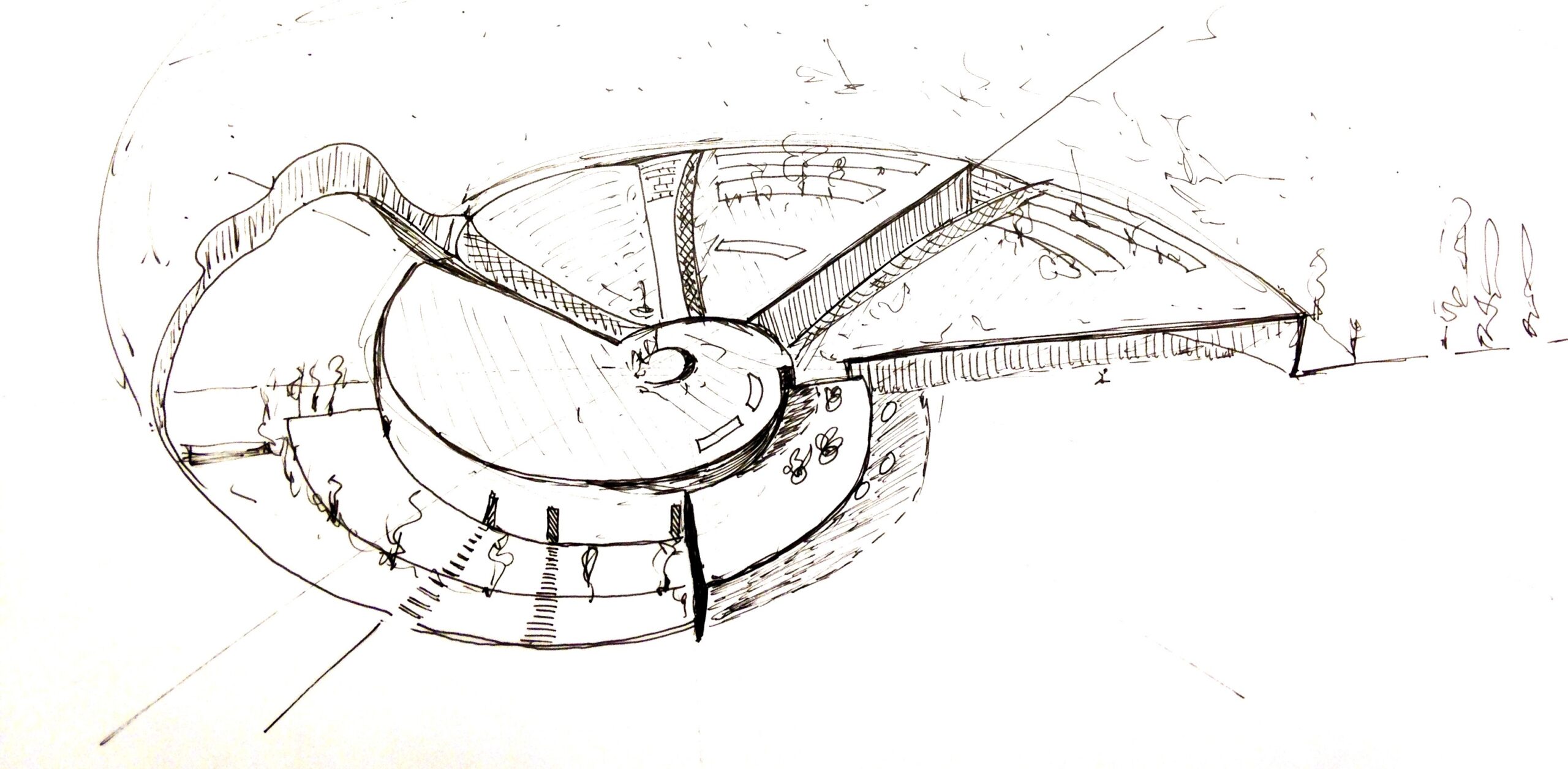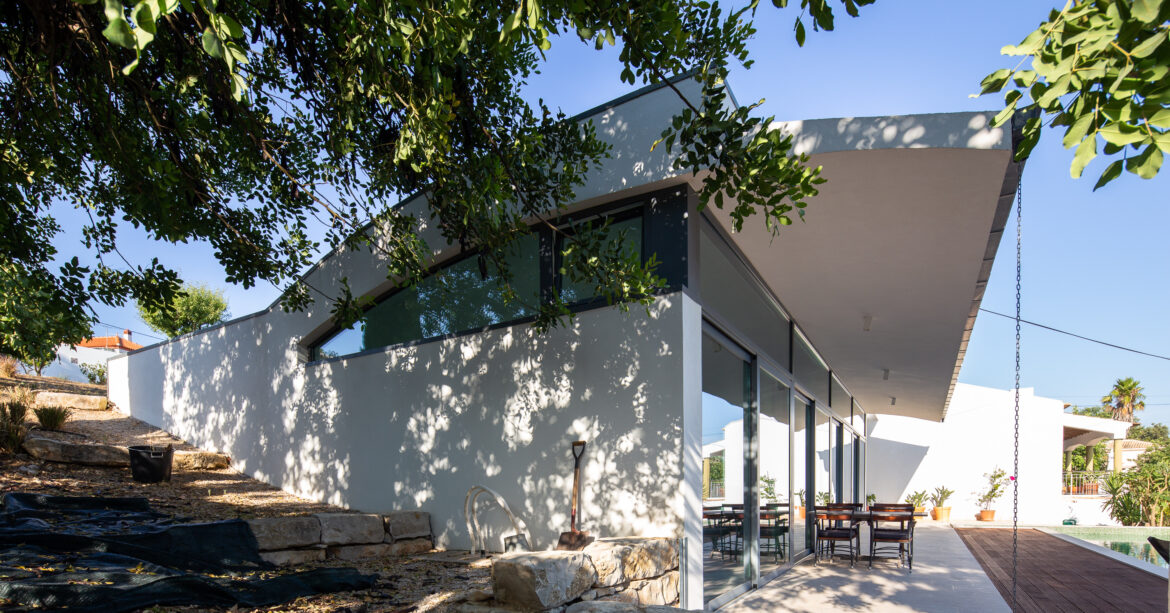With climate change becoming an increasingly pressing issue, architects and designers are scouting for innovative ways to create eco-friendly, sustainable buildings.
One approach that is gaining a lot of traction is sustainable parametric design.
In this blog, we will explore how parametric architecture contributes to sustainable building practices, energy efficiency, and climate-responsive design.

What is Parametric Architecture?
Before diving into sustainable parametric design, let’s quickly figure out what parametric architecture is all about.
In a nutshell, it is a design approach that uses algorithms and mathematical relationships to shape the design’s geometry, form, and parameters. By tweaking these parameters, architects can effortlessly adjust and optimize the design to fit specific needs or constraints.
This approach relies on advanced computational tools and software, like Rhino and Grasshopper, which have revolutionized the way architects work.
Sustainability Meets Parametric Design
When it comes to sustainability, parametric design has a lot to offer. With the help of algorithms and computational power, architects can optimize designs to use less material, create less waste, speed up construction time, and improve the overall lifecycle of a building.
This means that parametric designs not only look amazing, but they’re also kinder to the environment and conserve resources.
Energy Efficiency in Parametric Design
Energy consumption is a critical aspect of sustainable architecture, and parametric design has a lot to offer in this domain.
By using algorithms to study sun paths, wind patterns, and other environmental factors, architects can make the most of building orientation, windows, and shading devices to take advantage of natural light and ventilation.
It results in less reliance on artificial lighting and air conditioning and serious energy savings.
Parametric tools can also be used to simulate and analyze a building’s energy performance, allowing architects to make informed decisions about insulation, glazing, and other materials that affect a building’s thermal properties.
As a result, parametric design can help create highly efficient building envelopes that minimize heat loss in winter and heat gain in summer, further reducing energy consumption.

source: ©re-thinking the use.
Tailoring Buildings to Their Climate
One of the most exciting aspects of parametric architecture is that it can create climate-responsive designs. This means that buildings can be customized to work with the specific climate conditions of their location, making them more energy-efficient and comfortable for the people inside.
For example, in hot and dry areas, parametric design can be used to create buildings with just the right amount of shading and natural ventilation to keep indoor temperatures comfortable without excessive use of air conditioning.
In colder climates, architects can use parametric tools to design buildings that make the most of solar heat gain and minimize heat loss, reducing the need for heating.
Parametric design can also tackle other climate-related challenges, like managing stormwater or preventing floods. By using algorithms to study rainfall patterns and specific site conditions, architects can design effective stormwater management systems that reduce the risk of flooding and lessen the environmental impact of stormwater runoff.
A Real-World Example: The Al Bahar Towers
The Al Bahar Towers in Abu Dhabi is a fantastic example of climate-responsive design. These twin 29-story office buildings feature a unique, dynamic facade that changes with the sun’s movement, providing the perfect amount of shade throughout the day.
The facade is made up of folding, triangular panels that move based on parametric algorithms tied to the sun’s position. This system cuts solar heat gain by up to 50% and reduces the building’s energy consumption by nearly 20%.
The design also includes other eco-friendly features, like a greywater recycling system and photovoltaic panels on the roof, making the Al Bahar Towers a shining example of sustainable parametric design.
Future of Sustainable Parametric Architecture
Sustainable parametric design is making waves in the world of eco-friendly architecture, offering unique solutions for energy efficiency and climate-responsive design.
By combining the power of algorithms and computational tools with a keen focus on sustainability, architects can create stunning, environmentally conscious buildings that are not only beautiful but also kind to the planet.
As we move forward in our quest to combat climate change, it’s exciting to see how innovative approaches like parametric design can help us create a more sustainable future.
So, next time you see a jaw-dropping building with a futuristic facade or a design that seems to adapt to its surroundings, you’ll know that sustainable parametric design might be the secret behind it!



